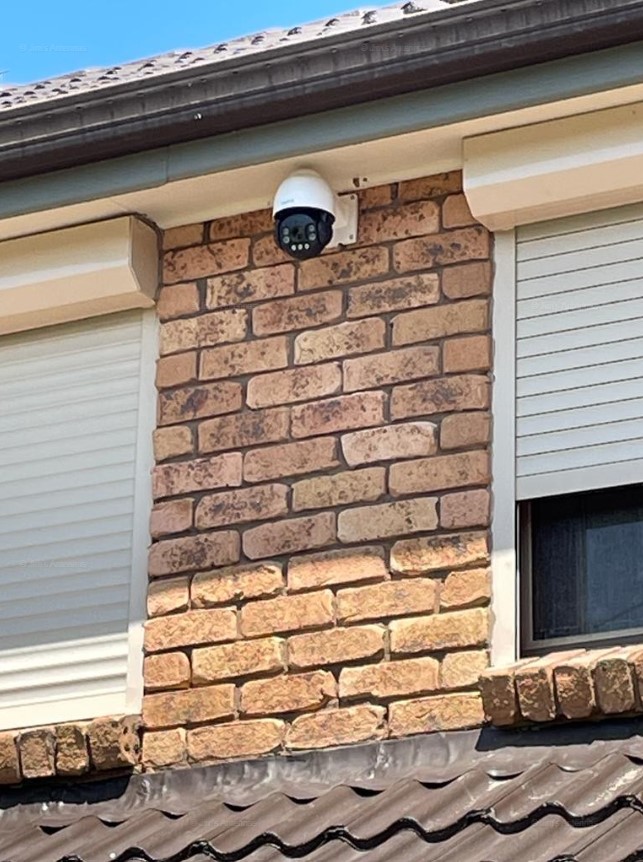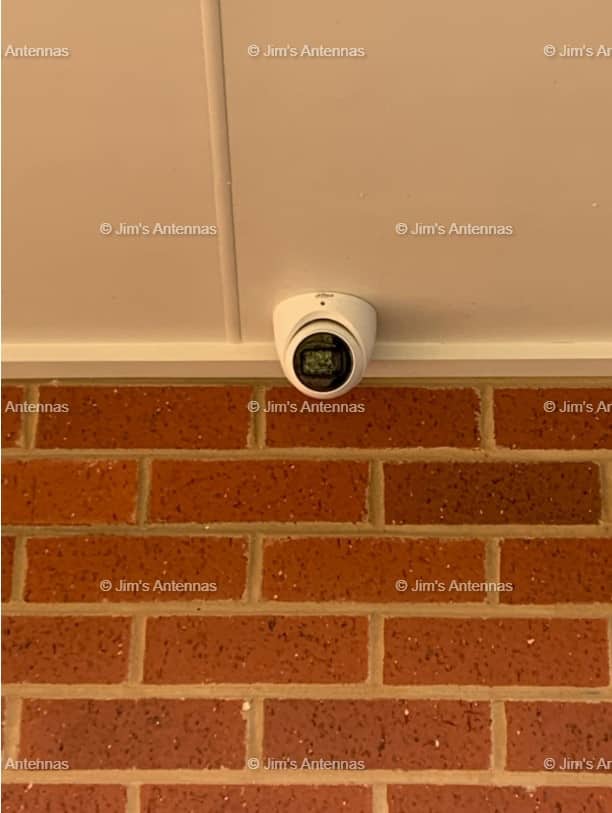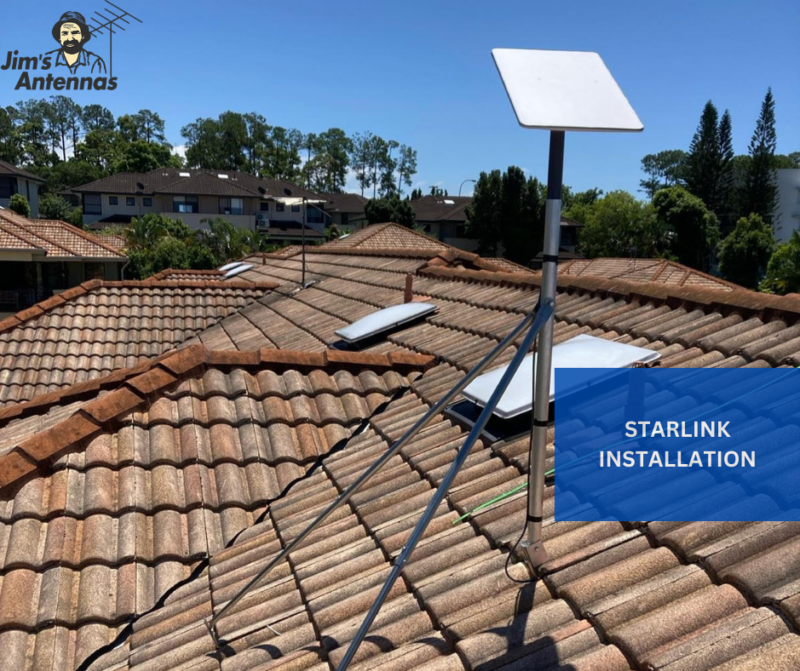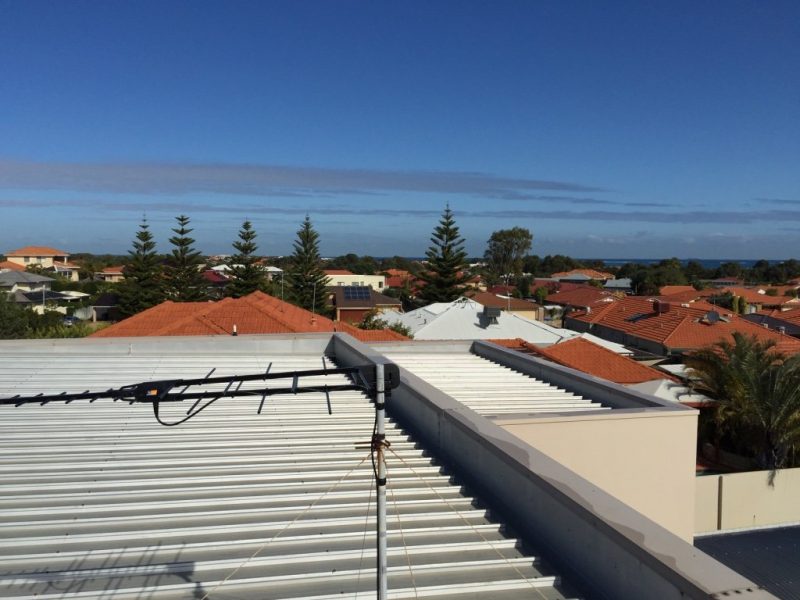Digital TV was instigated virtually worldwide, to enhance our viewing experience by offering DVD quality images and sound. Digital TV also uses the broadcast frequencies far more efficiently. This enables us to receive up to four digital channels in the same ‘space’ previously occupied by one analogue channel. These advances allow the use of antennas which are designed for digital, in the sense that the frequency or channel range is a lot smaller.
The use of digital TV signal can be quite forgiving, meaning that quite often perfect reception can be achieved in areas that previously had poor analogue coverage. The biggest enemy of digital reception is interference, which can come from sources such as other TV transmitters, radio transmitters, hilly terrain, trees and vegetation. These can cause problems in your TV antenna system through poor antenna design or selection, incorrect setup of the system and old or poor quality cables and connections picking up unwanted signals and interfering with the signal that is provided to the set top box or TV.
Today near Hobart I replaced a two year old TV antenna. It was manufactured in Spain, not Australia and had simply fallen apart. Our weather conditions are not extreme, but enough to cause the very cheaply made antenna to fail in only a short time. A more suitable model would have been made in Australia by Hills or Matchmaster, these are guaranteed unconditionally for three years and I have often replaced their twenty year old versions. This is a practical and safety aspect that should affect your selection of TV antenna. If you have antenna parts landing on the roof or the ground around your home then the antenna should be replaced, no matter how old it is. There are also Clipsal and Digitek antennas manufactured in China which are designed for Australian conditions.
There are also many old style antennas (the ones that have the very wide ‘coathanger’ elements at the rear) still manufactured, they are often cheaply made in places such as China, Italy and Spain and sold in hardware stores. These models are easy to spot as the longer elements will sag noticeably, or the elements can look a bit like stiff wire rather than tubing and frequently they do not have a digital compatible ‘F connection’. After a couple of years they will sag, rattle and fall apart, even if installed properly.
A technically correct installation also needs a digital test meter to verify the correct channels are being received with no interference and also that a TV system with a number of outlets is ‘balanced’ to avoid potential reception issues. Unlike analogue TV, there is no visual representation on the TV of what the signal is like. Where there used to be ‘snow’ on the screen, now there could easily be a perfect picture, but with imminent ‘pixellation’ or ‘no signal’ on one or all channels.
It does make sense to use a qualified TV antenna installer but you can still asked questions such as:
• Is the antenna made in Australia for local conditions?
• Is the antenna designed for digital channels in my area?
• Will the antenna be installed and tested using a digital test meter?
• Is the mounting system the correct type for my roof?
• Are the cable and connections used digital compatible?
• Is the installer qualified to Certificate 3 in digital reception?
A reputable business would answer yes to these and back it up with a written warranty. Franchised technicians in the Jim’s Antennas group offer up to a five year warranty for these types of installations which is peace of mind when the object is to have years of trouble free, reliable digital TV. Call Jim’s Antennas on 13 1546 today.

According to the Australian Bureaus of Statistics, break-ins have increased for the first time in over a decade, with 2.0 […]
Whether you are new to the area or if you have started noticing some dodgy behaviour that makes you feel […]
In the fast-paced world of technology, staying connected is more critical than ever. At Jim’s Antennas, we recently took on […]
Great TV reception is one of those things in life that doesn’t seem all that important….until it stops working. When […]



